Last week (October 8-12, 2018) was a conference week for computer scientists in Stuttgart, as three main events took place co-located in space and time: the 1st International Conference on Quantification in Visual Computing (SFB-TRR 161), the 40th German Conference on Pattern Recognition (GCPR), and the 23rd International Symposium on Vision, Modelling, and Visualization (VMV).
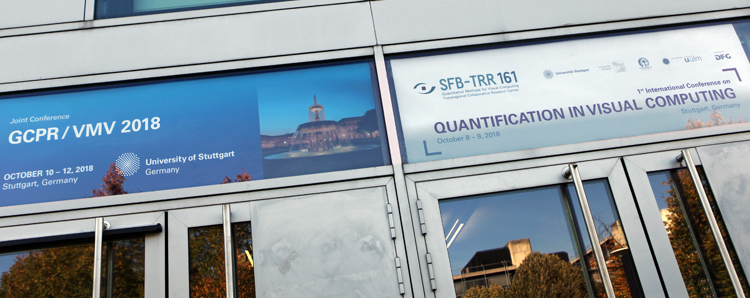
Attendees of the SFB-TRR 161 conference on Monday and Tuesday were treated to a rich programme of keynote speakers, interspersed with research talks by some of the Principle Investigators of the SFB-TRR 161. Furthermore, a poster session on Tuesday morning enabled PhD students of the SFB-TRR 161 to present ongoing work and discuss their topics with other researchers.
Wendy Mackay gave an inspiring talk on creating human-computer partnerships based on the principle of “reciprocal co-adaptation”, resulting in interactive systems that grow with the user as the user becomes more adept at using them.
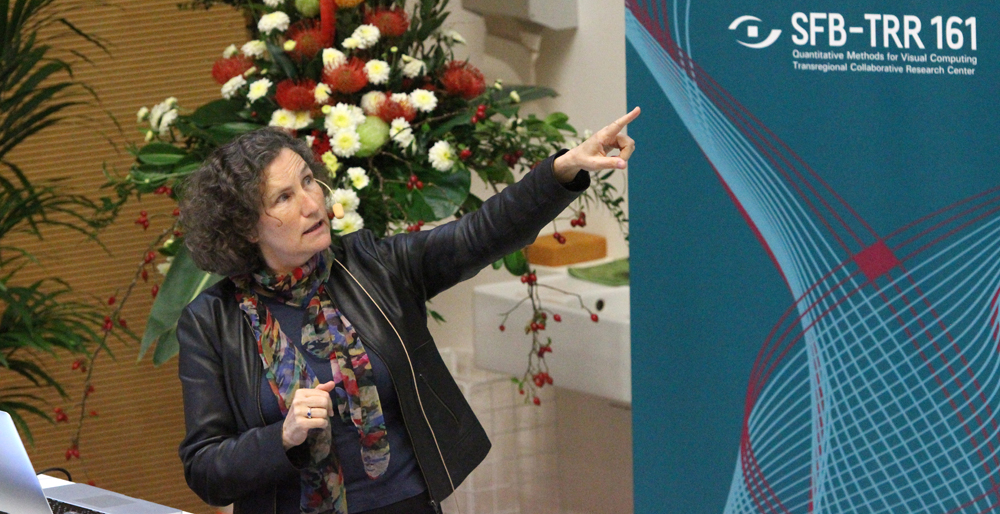
Markus Gross took us on a tour through the magical world of Disney while explaining the difficulties one encounters in creating humanoid digital avatars. Novel technologies such as advanced 3D scanning and face-tracing are now being used to overcome the so-called “uncanny valley” between more cartoon-like and photorealistic models.
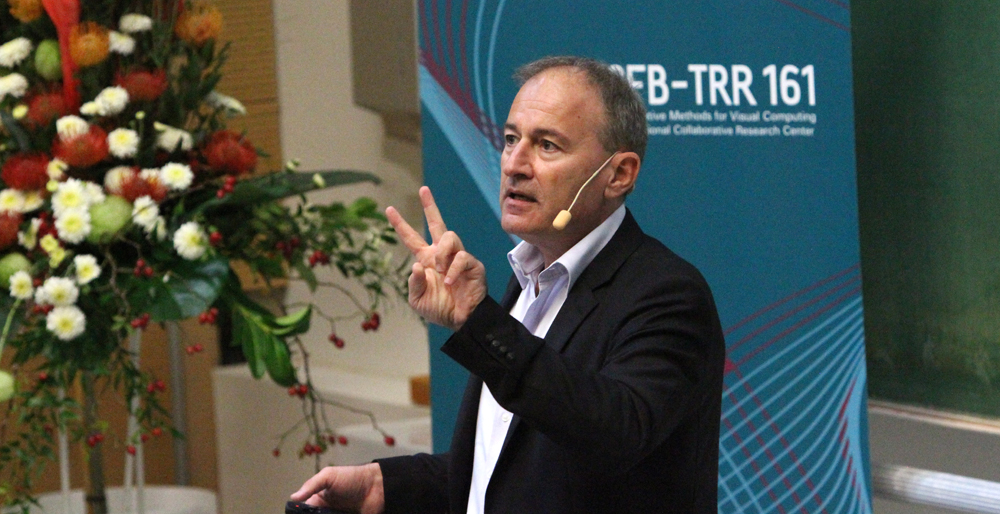
Weisi Lin demonstrated some of the flaws in human visual perception and discussed the challenging problem of developing computer vision methods emulating this behaviour.
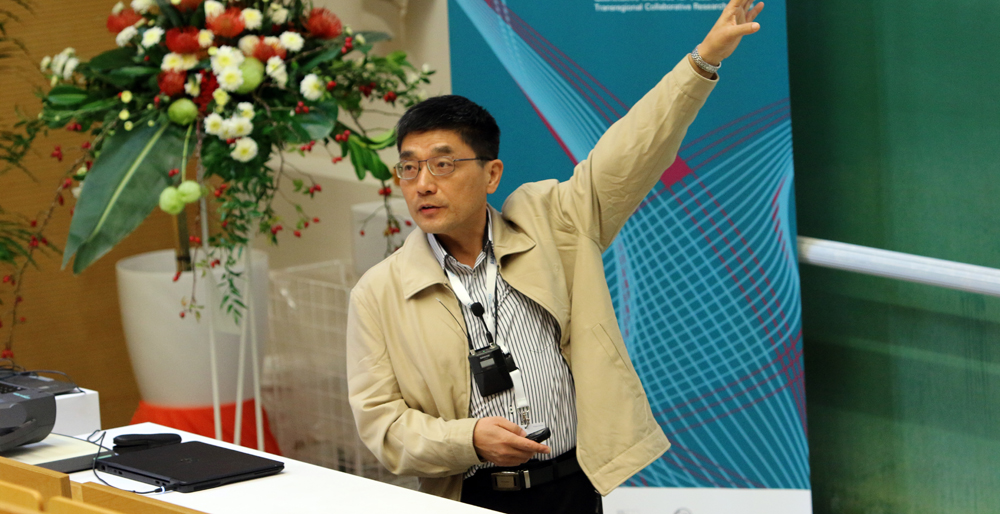
Joachim Weickert talked about a topic relevant to anyone with a digital camera and limited digital storage: the compression and subsequent reconstruction of images. He demonstrated some inpainting-based methods that for many pictures obtain more convincing result than the commonly used JPEG.
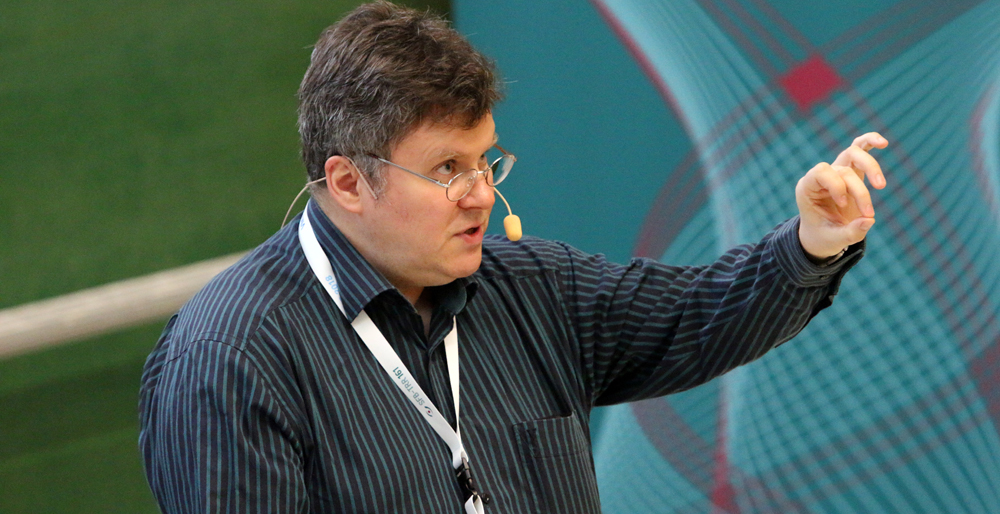
Tamara Munzner introduced a nested model of visualization design and evaluation. Through a number of case studies, she demonstrated how this model can be used to take a more structured approach towards the quantitative validation of visualization methods by addressing concerns at four separate levels.
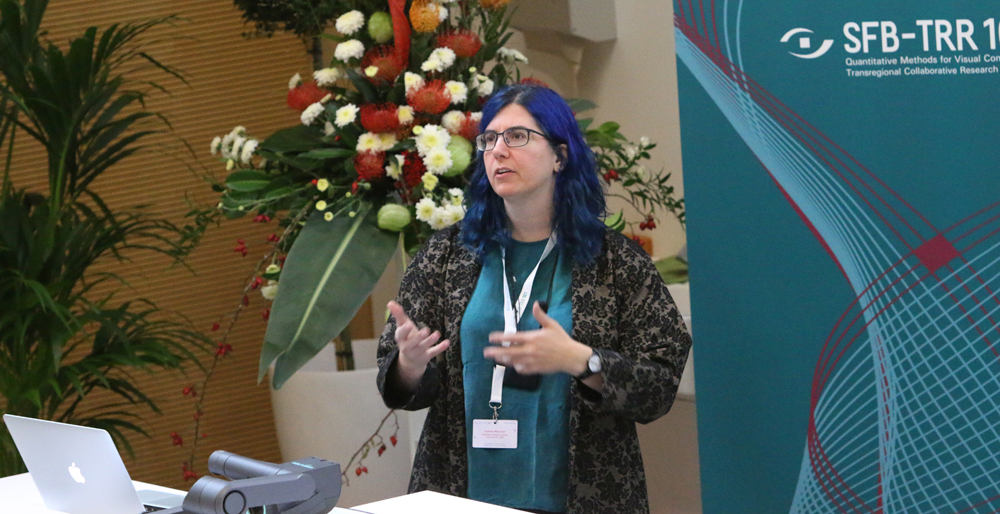
Michael Cohen gave the final keynote lecture of the Visual Computing conference in a joint session with GCPR and VMV. The director of Facebook’s Computational Photography group provided an overview of his fascinating career so far and allowed us a peek into his current and future research projects.
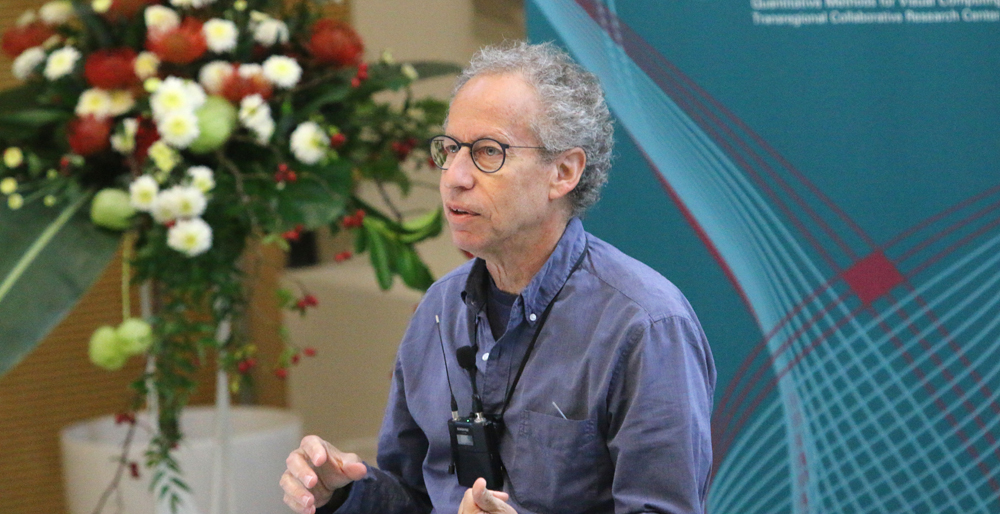
From Wednesday until Friday morning, the GCPR and VMV conferences took place in parallel, with a joint keynote and paper session each morning. To provide even more fuel for discussion, each coffee break also featured a new selection of posters from the GCPR conference.
On Wednesday, Raquel Urtasun showcased some of the latest results of her Research Lab with Uber ATG, and shared her views on the future of autonomous driving and other forms of transportation. After coffee, GCPR had a celebratory session this morning dedicated to the 40th anniversary of the conference. On Thursday, Metin Sitti amazed and inspired the audience with his ground-breaking results in the area of small-scale soft robotics. He presented a microscale soft robot able to swim, jump, walk, crawl, and even carry and release cargo, which is particularly promising for medical applications. On Friday, Juri Stanossek took us through the “making of” the Mandala sequence of the Jim Button and Luke the Engine Driver movie and showed how technologies like photogrammetry and augmented reality have found their way onto the film set.
Of course, many more interesting talks and inspiring results have been presented during this week, and discussions were carried on over two fabulous conference dinners, a visit to the world’s largest pig museum, and a joint reception on Tuesday night.

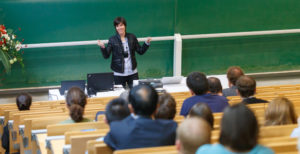
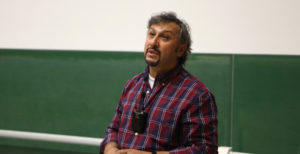
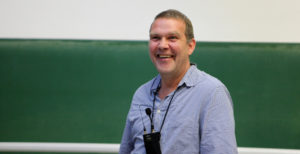

Thanks for Sharing!